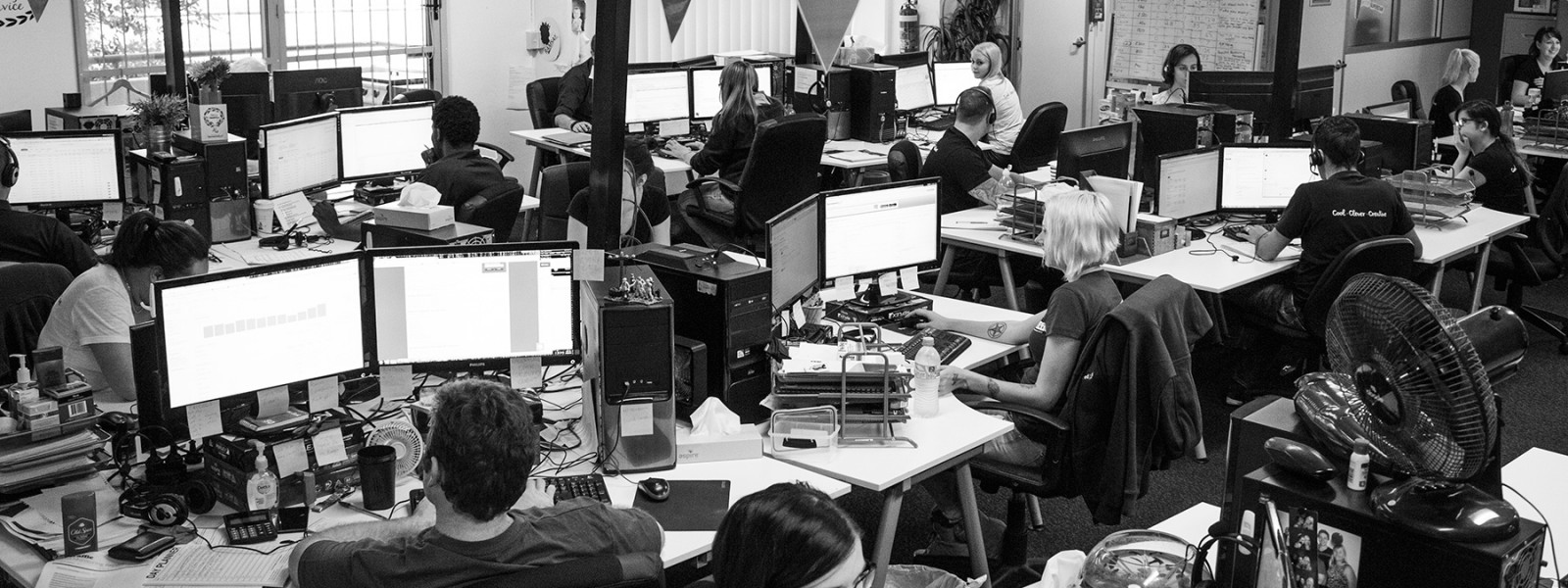-
Traffic
Get More Traffic
SponsoredLinX offers a number of different services to help drive more qualified traffic to your website. Google Ads Management Search Engine Optimisation Microsoft Ads Facebook Advertising Google Ads Mobile“SponsoredLinX are a rarity in today’s market place, they promise a lot but deliver more. Our business has grown by over 400% in one month; we are amazed at the difference they have made.”
-
Conversion
Convert More Leads
Our second step is making sure that your website is able to convert the traffic you receive into leads for your business. Optimising your website to convert more leads is important to a profitable campaign. Web Development Convertopages Do It For Me eCommerce“I just want to say thank you! The changes that you have applied in our AdWords campaign have definitely seen an improvement on click quality and sales for HippityHop.”
-
Retention
Retain Your Customers
As you build up a customer base you need to make sure to keep engaged and retain your relationship. Facebook Management LinX App“SponsoredLinX fully redesigned our main company website with a fresh, clean and professional look. The ‘Google friendly’ web design were part of the fantastic ongoing service we received.”
Changing the Image of the Bounce Rate
 As a digital marketing specialist I deal with a lot of web sites from a lot of different industries each and every week. The great thing about my job is that it is so varied and no two websites or campaigns I run are the same. There is however one common thread that runs between every client I deal with, and some place more emphasis on it than others. Bounce Rate. In this article I want to shine the spotlight on the humble bounce rate and try to get people thinking about it a little bit differently.
As a digital marketing specialist I deal with a lot of web sites from a lot of different industries each and every week. The great thing about my job is that it is so varied and no two websites or campaigns I run are the same. There is however one common thread that runs between every client I deal with, and some place more emphasis on it than others. Bounce Rate. In this article I want to shine the spotlight on the humble bounce rate and try to get people thinking about it a little bit differently.
The bounce rate of a website is often viewed with hatred and disdain. Many people focus on the bounce rate of their website as the be all and end all metric that determines whether or not they have a ‘good’ site. But what does it actually mean?
Very simply, Google looks at the bounce rate as the percentage of people who land on a page of a website and do not trigger any other action on that page before leaving. That is; someone who arrives on a page of your website and hits the back button, or closes the browser without visiting another page.
Wait a minute… That does sound pretty bad, right?… Not quite.
One single metric alone is not a measure of anything significant when it comes to the success or failure of a website. Bounce rate alone doesn’t tell us that a website it poor, in fact it could be quite the opposite.
Think about it. If you have a very well made landing page that sums up everything a customer might need to know about your service and you land people from an advert right onto that particular page, its possible that the user will engage, pick up the phone, and call. Once they’ve done this they will close the browser down and continue with their day. This in itself would represent a page or website that has a high bounce rate, but in the context of results, that is what you want. Right?
Think of another scenario. We land a user onto a services page that requires the individual to read a lot of information and become informed before picking up the phone to make an enquiry. That too would be represented as a page or website with a high bounce rate. But looking at the bounce rate in the context of the time spent on page you could easily see that in fact people are taking the time to sift through the information on the site, and engage with it. This scenario is actually pretty common for bloggers.
So what if we take this one step further? What if we try to turn the image of the bounce rate around? I personally think that people can be too quick to judge the humble bounce rate. If you think about it, a bounce rate isn’t all that bad. All too often it’s referred to as a measure that a website or web page is not relevant to user experience.
What if I told you it was the opposite?
What if I told you that if you were landing people on the most relevant page to begin with? A page that contained all the information a customer might need and encourages them to pick up the phone and call with strong calls to action. A high bounce rate could indicate that they have no need to explore you site. A high bounce rate could indicate that your customers have all they need contained in that one page. All of a sudden with a bit of context around the bounce rate it doesn’t look so bad, right?

